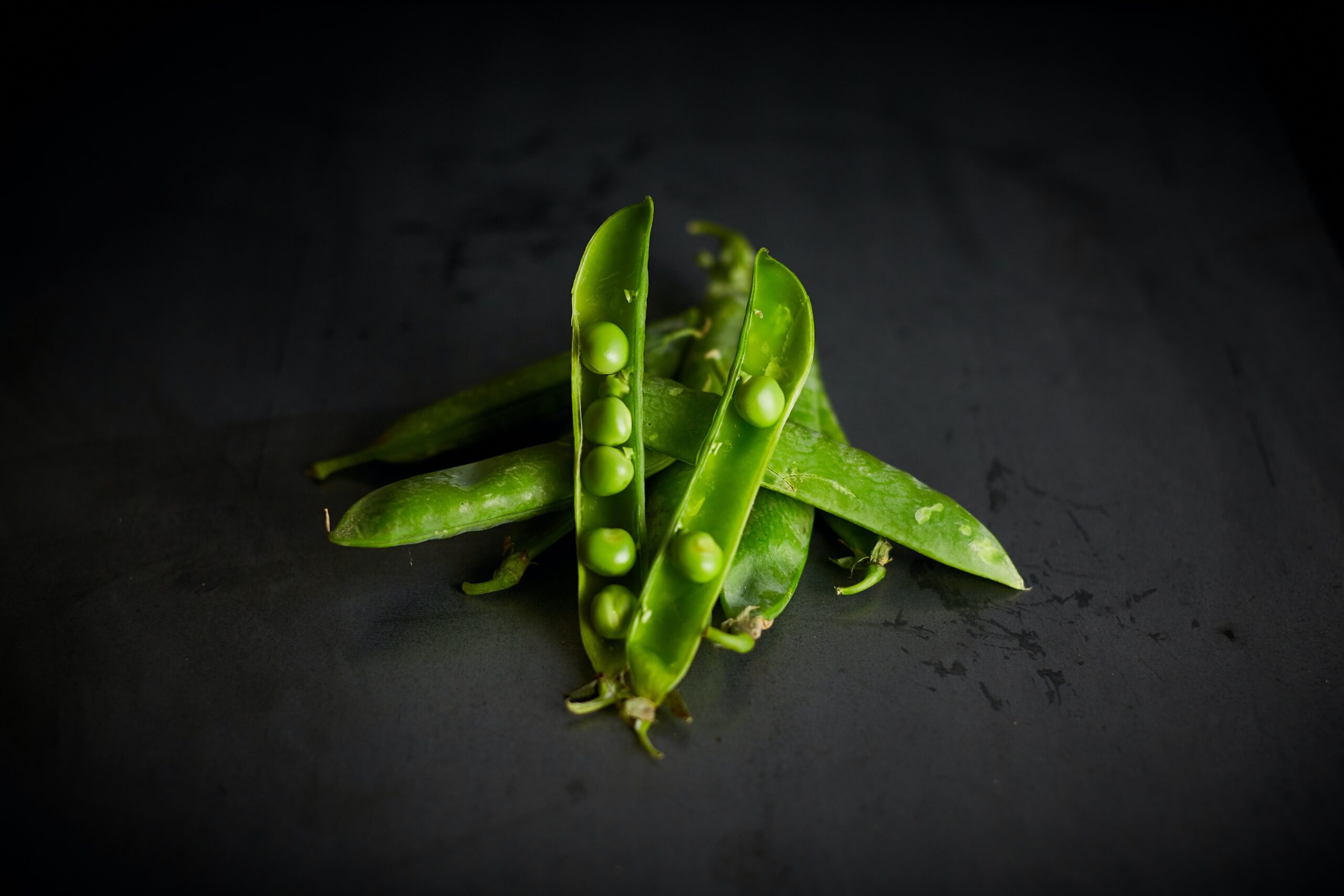You are probably not reaching for a can of peas very often, but you should. Although commonly mistaken as a vegetable, these small legumes are full of vitamins and nutrients and can help you create a balanced diet.
Green peas are the most common type of pea, according to Healthline. There are also snap peas, yellow peas, black-eyed peas and purple peas.
Peas, along with beans and lentils, are legumes, which are a vegetable subgroup, according to MyPlate, the US Department of Agriculture Food Guidance System. Peas are multifunctional; they are a source of fiber and potassium like the vegetable food group, as well as a source of protein and iron like the protein food group.
Green peas are typically 62 calories per serving, which is a half-cup, according to Healthline. They contain almost every essential vitamin and mineral, including vitamin A, vitamin K, vitamin C, iron and phosphorus.
One serving of green peas includes 4 grams of protein, which is significantly higher than other vegetables, according to Healthline. They also contain 4 grams of fiber, which regulates your digestive system. The fiber in peas “is insoluble, meaning it does not blend with water, but rather functions as a ‘bulking agent’ in your digestive tract,” according to Healthline. “This means that it adds weight to stool and may help food and waste pass more quickly through your digestive system.”
Additionally, peas can help support blood sugar control, according to Healthline. Peas “have a relatively low glycemic index (GI), which is a measure of how quickly your blood sugar rises after eating a food.”
Peas can be found all year either fresh, frozen or canned in the vegetable aisle of grocery stores. If peas aren’t part of your diet, try incorporating them today.
Related Articles:
Peas Could be Your Cats Favorite Snack

